SZÓTÓ ZEN SŌTŌ ZEN
« Zen főoldal
« vissza a Terebess Online nyitólapjára
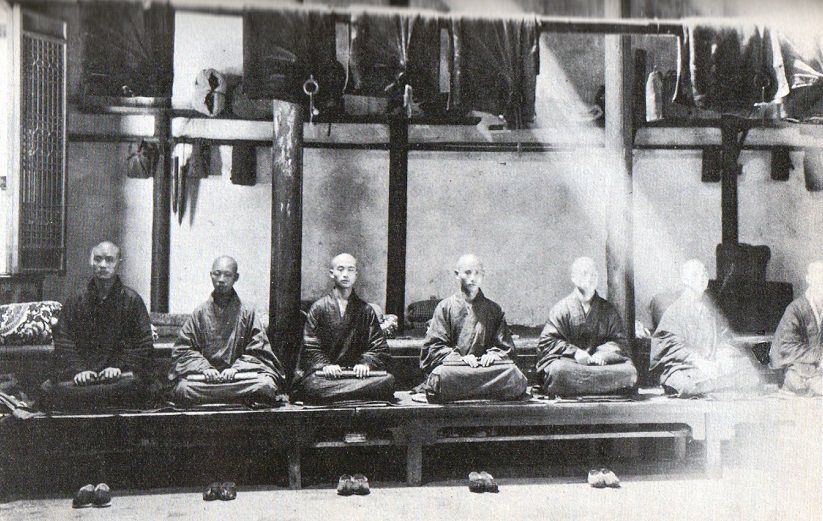
Monks sit in the meditation hall during summer. Each monk holds a piece of split bamboo to cool his hands. Chiao Shan, Chen-chiang.
The Practice of Chinese Buddhism, 1900-1950
by Holmes Welch, Harvard University Press, 1967, 65. p.
心板 xinban
性板 / 醒板 xingban
(English:) split bamboo, cooling the palms of the hands
(Magyar:) kéztartó bambusz; tenyérhűsítő
egy félbe hasított bambusz szálból
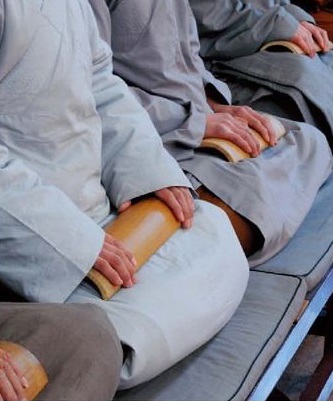
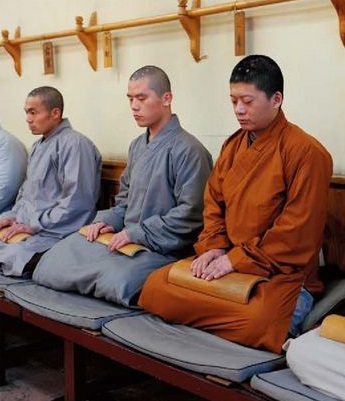
禅板 手感润滑, 祛心火
禅板有多种名称。曰禅板——坐禅之板;曰性板——养性之板;
曰醒板——警醒之板;曰心板——静心之板。
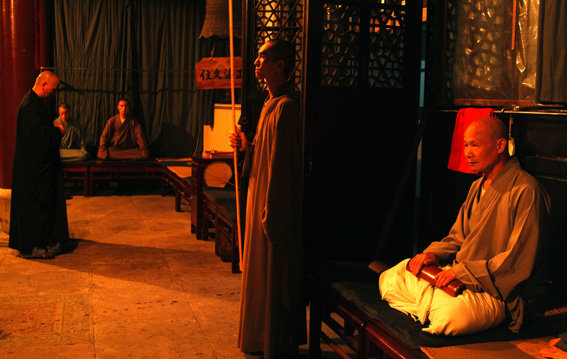
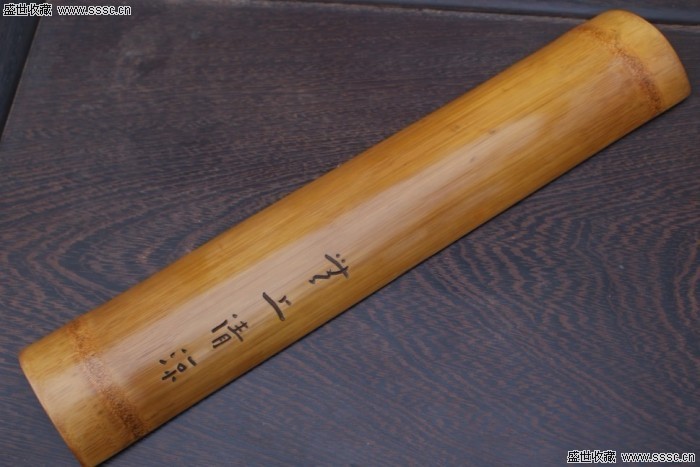
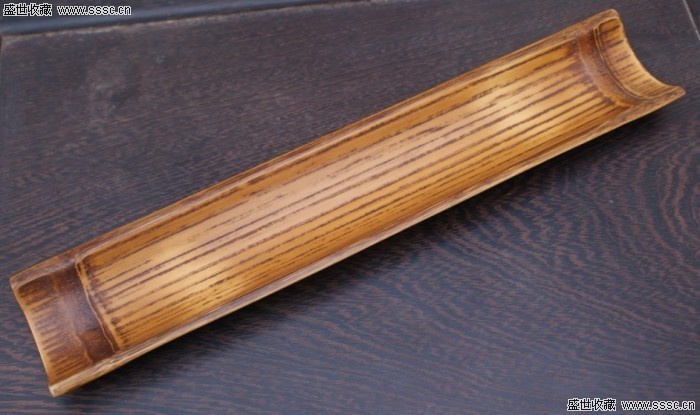
無上清凉, Supreme Cool, 42 cm
http://bbs.sssc.cn/thread-2331177-1-1.html
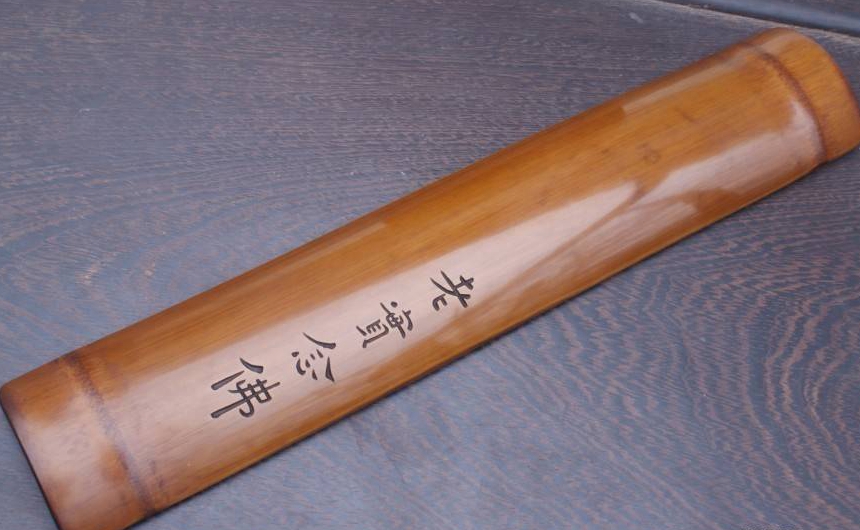
老實念佛, Chanting the Buddha's name, 42 × 8 cm
http://bbs.artron.net/thread-2906633-1-1.html
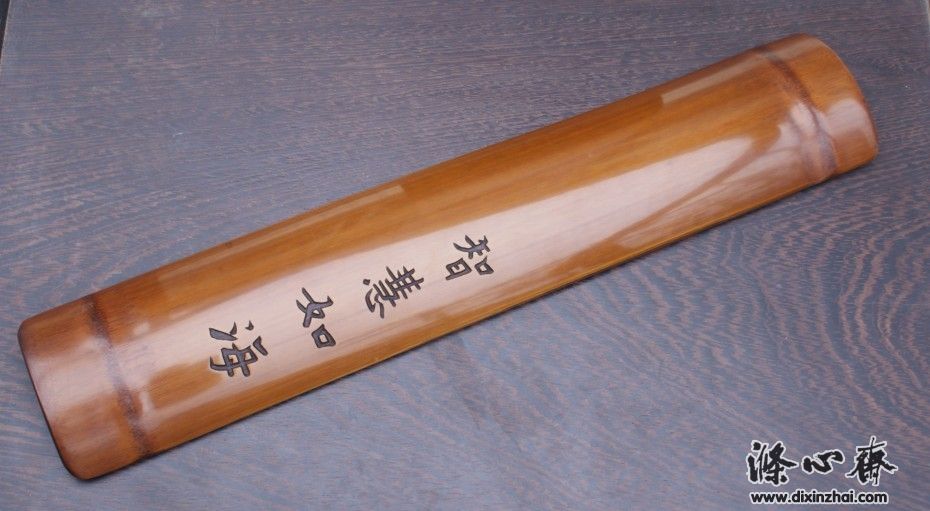
智慧如海, Wisdom like the sea, 42 × 8 cm
http://www.dixinzhai.com/bbs/viewthread.php?tid=17151
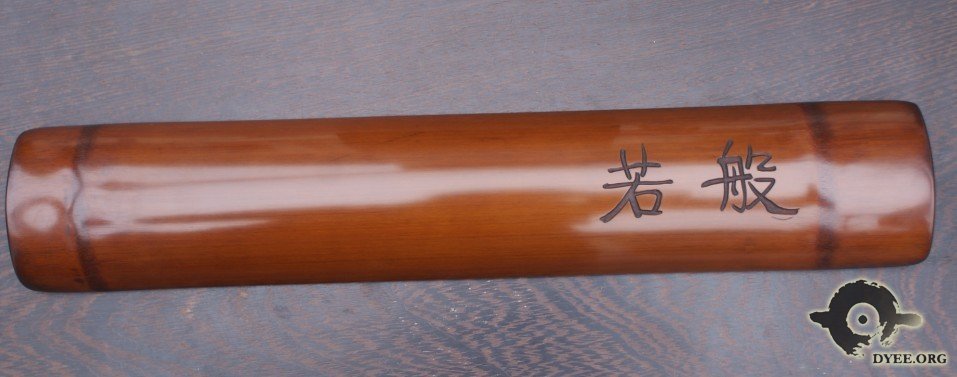
般若, Prajña 40 × 8 cm
http://www.dyee.org/bbs/thread-525736-1-1.html

48 × 11cm http://auction.artron.net/paimai-art5003581406/
竹禅( 1825-1901 ),清朝著名僧人,俗姓王氏,号熹公,清朝梁山 县仁贤镇(今重庆市粱平县)人,曾住上海龙华寺。擅长书画、金石雕刻,绘画自成一格。其水墨人物、山水、竹石,人谓别成一派,题画诗亦佳。光绪( 1876-1908 ) 间返蜀元寂 。
禅板在《禅林象器 笺》等佛教典籍中都有记载,称禅板时有两种形式两种用途。其一是坐禅时小憩之用,此种禅板较宽大,上下穿孔系绳绑于禅椅,可以倚靠略作休息,因此也叫倚板;其二略短,形制似腕枕(臂搁),但比腕枕宽大,用于炎夏坐禅时抚摸静心,有多种名称。曰禅板 —— 坐禅之板;曰性板 —— 养性之板;曰醒板 —— 警醒之板;曰心板 —— 静心之板。名称不同,其 义相近。禅板的作用,是为夏天静坐而设,把它横放在两腿上,再将两手心按在禅板上,凉气由手心沁入,内热溢出,可降心火,又名之为心板,禅堂僧众多喜用之。僧人所用禅板大多光素,绝少雕饰。竹禅所刻禅板,或成凤毛麟爪。所刻文字称其为 “ 龟毛兔角 ” ,足 见竹禅亦甚宝之 。Zhúchán / Bamboo Zen (1825-1901), a famous monk during the Qing Dynasty, was born with the secular surname Wang, and was known by the monastic name Xi Gong. He hailed from Renxian Town, Liangshan County (now Liangping County, Chongqing City) during the Qing Dynasty and once resided in Longhua Temple in Shanghai. He excelled in calligraphy, painting, and stone carving, creating his unique style in art. His ink paintings of figures, landscapes, and bamboo stones were said to form a distinctive school, and his poetic inscriptions on paintings were also highly regarded. During the Guangxu period (1876-1908), he returned to Sichuan and passed away in tranquility.
The Chan (Zen) board is recorded in Buddhist scriptures such as "Chan Lin Xiang Qi Jian" and is known to serve two purposes in two forms. The first is used for short rests during meditation sessions. This type of Chan board is relatively larger, with holes at the top and bottom for ropes to tie it to the meditation chair, allowing for leaning and brief rest, hence it is also known as a leaning board. The second type is somewhat shorter, resembling a wrist pillow but larger, and is used during the hot summer months for calming the mind while meditating. It is known by various names: as a Chan board — for meditation; a Nature board — for nurturing nature; an Awakening board — for alertness; a Mind board — for calming the mind. Although the names differ, their meanings are closely related. The function of the Chan board is to provide comfort during summer meditation sessions. Placed horizontally across the legs with both palms resting on it, the coolness from the board seeps into the palms, expelling internal heat and lowering mental agitation, hence it is also called a Mind board. It is widely favored in Zen halls. The Chan boards used by monks are mostly plain, with very little decoration. The Chan boards carved by Bamboo Zen, however, were exceptionally intricate, with the engraved texts described as "Turtle Hair and Rabbit Horns," showing that Bamboo Zen greatly cherished them.